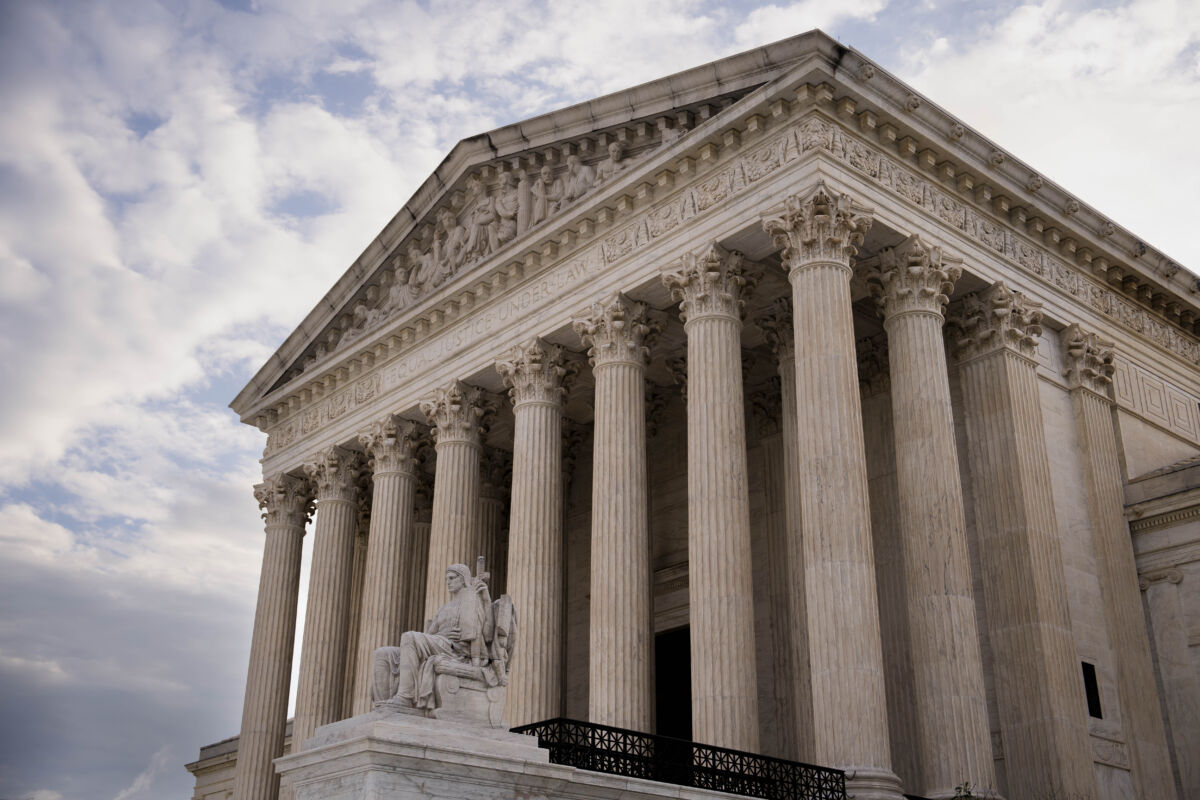The Biden administration confirmed it is rolling out an income-driven student loan repayment plan for borrowers on Tuesday, coming before loan repayments are slated to start again in the fall.
President Joe Biden announced the SAVE plan alongside Education Secretary Miguel Cardona and other members of the administration, saying that under the program, borrowers who make about $15 per hour won’t have to make any payments. People earning above that threshold will save some $1,000 each year as compared with other repayment plans, according to a statement from the Department of Education.
“Borrowers applying for the SAVE plan will see their new payment amount before submitting their application, and it will be displayed on their servicer’s website when their first bill is sent. Most borrowers who apply for the SAVE plan in the coming days can expect to have their new monthly payment amount for their first payment in October,” according to the Department of Education.
It added that in the coming days, the agency and its servicers will communicate directly to about 30 million student loan holders to get them to use the new application to apply for the plan. The news release added that the application takes about 10 minutes to complete, and it will allow “borrowers to choose to have their income accessed securely from the Internal Revenue Service and automatically recertified every year.”
“As long as you pay what you owe under this plan, you’ll no longer see your loan balance grow because of unpaid interest. Under the SAVE Plan, monthly payments are based on your income, not your student loan balance,” President Biden stated in a video released by the White House on Tuesday.
Interest will start again on federal student loans on Sept. 1. The Education Department will also start collecting monthly payments from borrowers in October.
“After dragging their feet to formally submit the rule to Congress the administration is now rushing to implement this reckless plan to shift student debt onto taxpayers who chose not to go to college, or already paid off their loans,” Ty Bofferding, the committee spokesperson, said in a statement.
Opponents have called the plan an unfair perk for those who don’t need it, saying it passes a heavy cost onto taxpayers who already repaid student loans or didn’t go to college. Some worry that it will give colleges an incentive to raise tuition prices higher since they know many students will get their loans canceled later.
Voices across the political spectrum have said it amounts to a form of free college. President Biden campaigned on a promise to make community college free, but it failed to gain support from Congress. Critics say the new plan is an attempt to do something similar without approval from Congress.

Republicans have fought against the plan, saying it oversteps the president’s authority. Sen. Bill Cassidy (R-La.), the ranking Republican on the Health, Education, Labor, and Pensions Committee, called it “deeply unfair” to the 87 percent of Americans who don’t have student loans.
“Taxpayers just got sucker punched—again—by this administration,” said Rep. Virginia Foxx (R-N.C.) several weeks ago in response to an initial announcement about the plan. “Today, President Biden announced that taxpayers will be forced to pay for the costliest regulation in our nation’s history.”
Meanwhile, a watchdog stated the program will cost taxpayers dearly. A recent estimate from the Committee for a Responsible Federal Budget found that the new repayment options will cost at least $276 billion.
What’s more, according to the Committee’s report (pdf), the plan will likely increase borrowing by 12 percent per year due to “higher tuition” and will turn “student loans into tuition roulette; a quasi-grant based on amount of debt, marital status, and timing of income.” The program also will support “low-quality” and “low-value programs” because “programs with the highest debt-earnings ratios get the largest subsidy,” according to the report, released in July.
The new plan comes after the U.S. Supreme Court ruled in late June to dismantle the Biden administration’s original $400 billion plan. The court wrote that the administration overstepped its authority and said it needed Congress’ endorsement first.
“Six States sued, arguing that the HEROES Act does not authorize the loan cancellation plan. We agree,” Chief Justice John Roberts wrote for the 6–3 majority. “The authority to ‘modify’ statutes and regulations allows the Secretary to make modest adjustments and additions to existing provisions, not transform them,” he also said.
The Biden administration had relied on a federal statute, known as the HEROES Act, to bring about the first plan that was ultimately rejected by the Supreme Court. “The authority to ‘modify’ statutes and regulations allows the Secretary to make modest adjustments and additions to existing regulations, not transform them,” the court wrote.
The Associated Press contributed to this report.
From The Epoch Times

